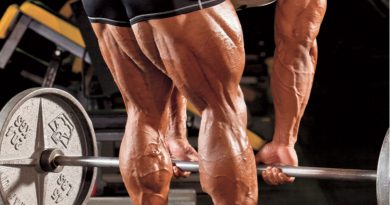Principles of Bicep Training: Strategies for Optimal Growth
When it comes to building impressive biceps, understanding the fundamental principles of training is essential. Whether you’re a seasoned lifter or just starting on your fitness journey, adhering to these principles can help you maximize your bicep gains and sculpt the arms you desire.
Building well-developed biceps requires more than just pumping out endless sets of curls; it demands a strategic approach that integrates key principles of training. In this post, we’ll explore the key principles of bicep training and how to apply them effectively to your workouts.
Principles of Bicep Training: A Roadmap to Growth
Progressive Overload:
At the core of any successful muscle-building endeavor lies the principle of progressive overload. Put simply, this principle involves continually increasing the demands placed on the muscles over time to promote adaptation and growth. When it comes to bicep training, this can be achieved by gradually increasing the weight lifted, the number of repetitions performed, or the intensity of the exercises.
Exercise Selection:
Effective bicep training requires a combination of compound and isolation exercises to fully stimulate the muscle fibers. Compound movements such as chin-ups and rows not only target the biceps but also engage other muscles in the upper body, leading to greater overall development. Meanwhile, isolation exercises like bicep curls allow for targeted activation of the biceps and can help address any imbalances or weaknesses.
Form and Technique:
Proper form and technique are essential for maximizing the effectiveness of bicep exercises and reducing the risk of injury. When performing curls or other bicep movements, focus on maintaining strict form, avoiding excessive swinging or momentum. Keep the elbows stable and close to the body, and concentrate on fully contracting the biceps with each repetition. A controlled tempo throughout the entire range of motion will ensure optimal muscle activation.
Volume and Frequency:
Finding the right balance of volume and frequency is key to optimizing bicep growth while avoiding overtraining. Aim to include bicep-focused workouts into your routine 2-3 times per week, allowing for adequate recovery between sessions. Experiment with different training volumes, rep ranges, and exercise variations to determine what works best for your individual goals and recovery capacity.
Mind-Muscle Connection:
Developing a strong mind-muscle connection is a game-changer when it comes to bicep training. Instead of simply going through the motions, focus on consciously contracting and squeezing the biceps throughout each repetition. Visualize the muscle working and actively engage it with each movement. By honing this mind-muscle connection, you can enhance muscle recruitment and maximize the effectiveness of your workouts.
Effective Bicep Exercises:
Barbell Curls:
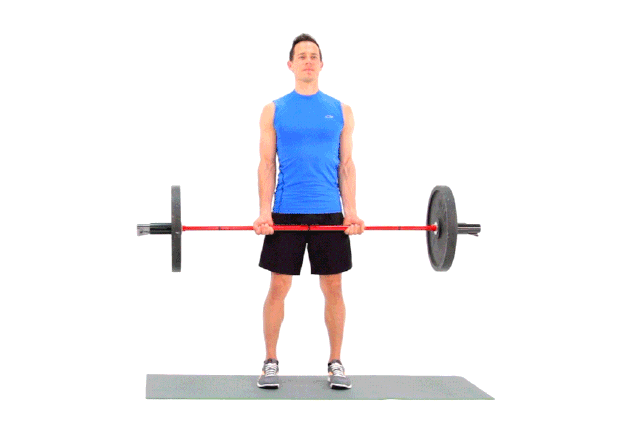
Stand with your feet shoulder-width apart, holding a barbell with an underhand grip. Keeping your elbows close to your sides, curl the barbell towards your shoulders while contracting your biceps. Lower the weight back down in a controlled manner and repeat.
Dumbbell Hammer Curls:
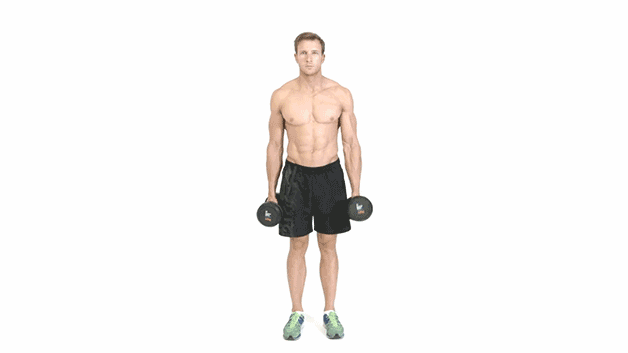
Hold a pair of dumbbells at your sides with a neutral grip (palms facing each other). Keeping your elbows stationary, curl the dumbbells towards your shoulders. Lower them back down slowly and repeat.
Preacher Curls:
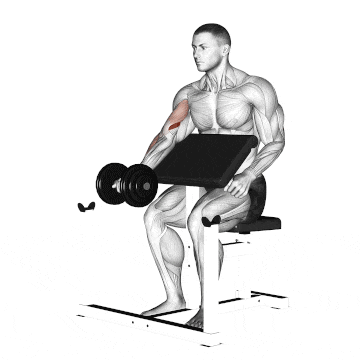
Sit at a preacher bench with your upper arms resting on the pad and your chest pressed against it. Grasp a barbell or dumbbells with an underhand grip and curl the weight towards your shoulders. Slowly lower it back down and repeat.
Concentration Curls:
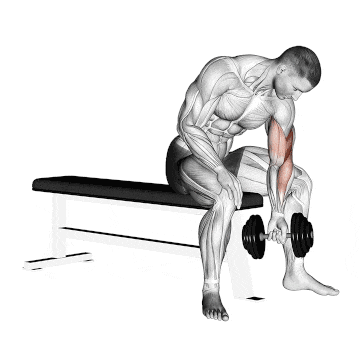
Sit on a bench with your legs spread apart. Hold a dumbbell in one hand, and rest your elbow on the inside of your thigh. Curl the weight upwards, focusing on squeezing the biceps at the top of the movement. Lower it back down with control and repeat.
Incorporate these exercises into your bicep routine and aim for 3-4 sets of 8-12 repetitions per exercise. Remember to prioritize form and technique to maximize muscle activation and minimize the risk of injury.
Conclusion:
Building bigger biceps is a goal that requires dedication, consistency, and a strategic approach to training. By applying these principles of bicep training to your workouts, you can effectively stimulate muscle growth and achieve the biceps you desire. Remember to prioritize progressive overload, proper form, and adequate recovery to optimize your bicep gains. With patience and persistence, you’ll be well on your way to sculpting impressive arms that command attention.

